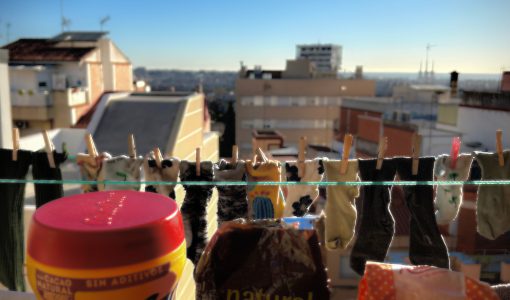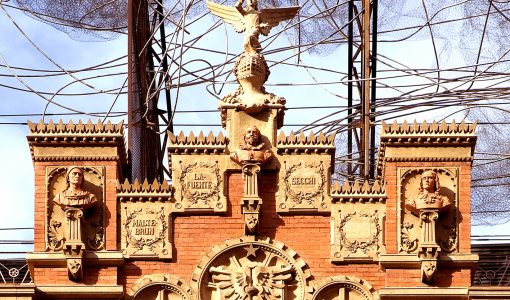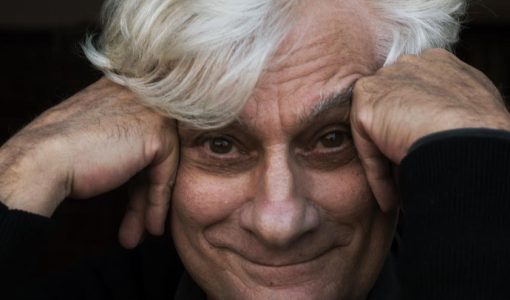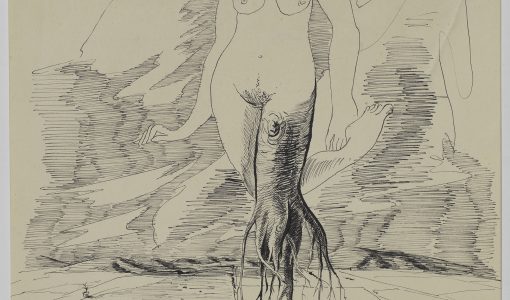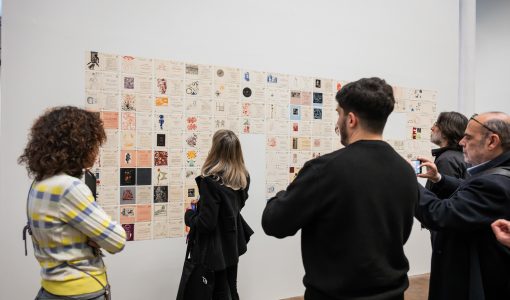Bahman Jalali
28.09.2007 – 30.12.2007
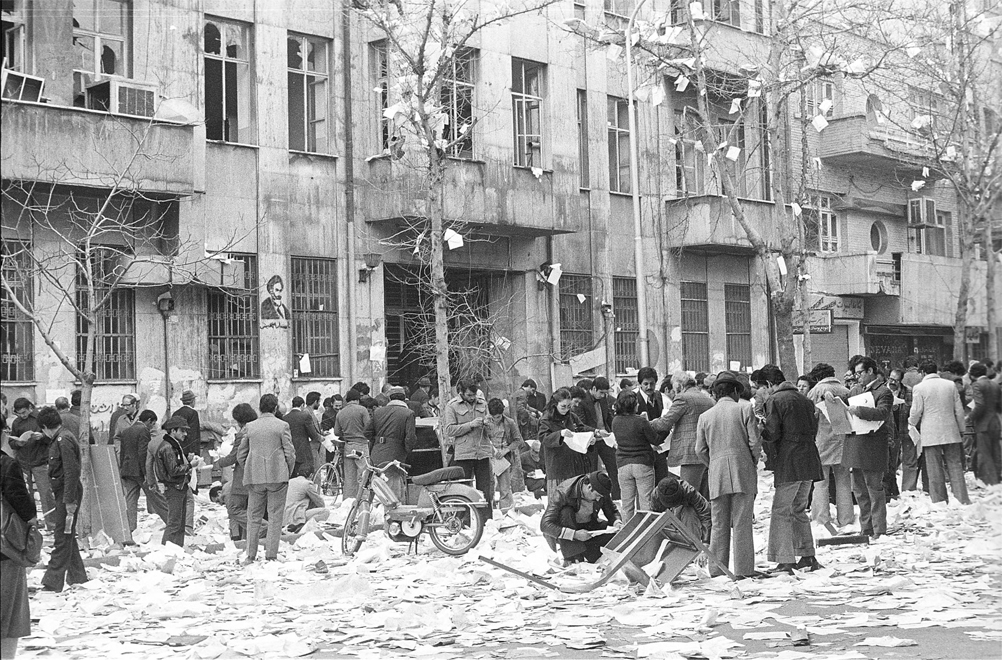
Not only in his own massive production over more than forty years, but in fact in his sustained endeavours as a collector, curator, historian and a repository of transmission to the new generation, Bahman Jalali (Tehran, 1944) incarnates the living memory of a visual modernity that is crucial in Iran’s historical transition to moral and normative independence.
Bahman Jalali has photographed the four corners of his homeland, documented its wars and revolutions, pictured its desert landscape, recorded the facial topography of his people, and has shown that he is intimately familiar with the empty stillness of Iran’s villages and cities. Looking at Bahman Jalali’s photographs is to witness the evident and hidden history of his people – from the streets and battlefronts of its revolutions and wars, to the vacated landscape of its deserts and small towns, and then down to the distant corners of its photographic memories. His work and activity are thus the indices of the enduring role of photography in the emergence of his country as a modern nation-state over the last two hundred years, and chart the various visual regimes that have been constitutional to the formation of Iranian modernity. Evident in his work and running through the silhouettes of his photographic memory are the active registers of a visual modernity coterminous with a national narrative at the roots of Iranian collective consciousness.
This exhibition covers all aspects of the work of Bahman Jalali, including a wide selection of his documentary photographs, that have been taken mainly in Iran since the beginning of the 1970s. Two important documentary projects are presented: Days of Blood, Days of Fire (Tehran, 1978-1979), a testimony to the Iranian revolution, and Khorramshahr: A City that was Destroyed (1981), which documents the Iran-Iraq war. In addition, there are other documentary series dealing with daily life, the lives of fishermen, and the traditional architectonic forms of the Iranian desert and of the city of Bushehr, as well as a selection of photomontages from the Qajar era which revisit the history of Iranian photography in an experimental and innovative way.
Dates
28.09.2007 – 30.12.2007
Artist
Bahman Jalali.
Curator
Catherine David.
Price
General entrance: 12.00 €
Certified students and people over 65: 8 €
More information






